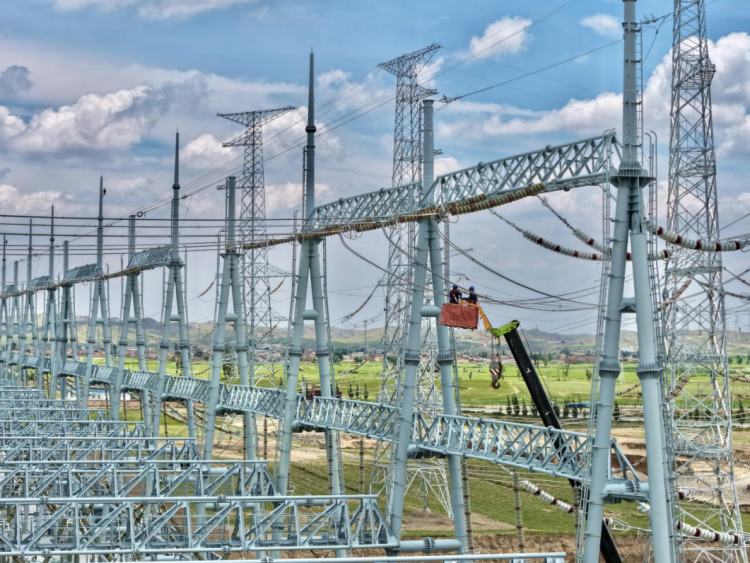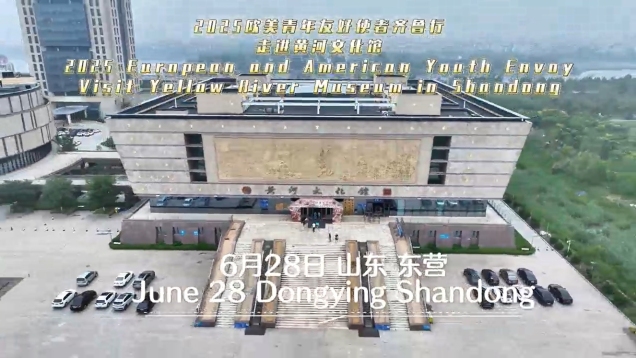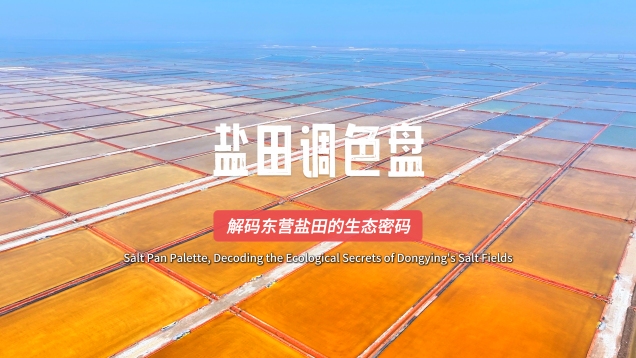Gansu's Outbound Electricity Transmission Increases by 34.6% in H1 2025
On July 10, the Gansu Power Exchange Center announced that in the first half of 2025, Gansu transmitted 33.15 TWh of electricity to other regions, an increase of 8.52 TWh compared with the same period last year, representing a year-on-year growth of 34.6%.

Employees of State Grid Gansu UHV Company conducted an acceptance check for the 330kV new energy bay expansion project at the 750kV Qinchuan Substation
Photo by Su Rong
In 2025, the Gansu Power Exchange Center actively contributed to the development of a unified national electricity market, fully exploring the potential of inter-provincial and inter-regional transmission corridors. It carried out China's first integrated medium- and long-term market transaction, introduced innovative trading models, and improved the market system. These efforts significantly increased the scale of outbound electricity trading and effectively promoted the development of Gansu's new energy sector, transforming the province’s energy resource advantages into economic benefits.
As of the end of June 2025, Gansu's total installed power generation capacity reached 109.7648 GW, with new energy accounting for over 72 GW, or 65.64% of the total. Regarding transmission infrastructure, the province has completed two ultra-high-voltage (UHV) DC transmission projects—the Qisha DC line and the Qingdong DC line. Construction of the Gansu–Zhejiang transmission project is progressing rapidly, and preliminary work for the Gansu–Sichuan project is also advancing smoothly. Gansu is connected with Shaanxi, Qinghai, Ningxia, and Xinjiang via 21 inter-provincial 750kV transmission lines, transmitting electricity to 26 provinces, autonomous regions, and municipalities across China.
(Text by Wang Xinyue and Yang Jin)
-
Preserving Craftsmanship with Dedication, Breaking Boundaries through Innovation2025-07-03 16:11:10






